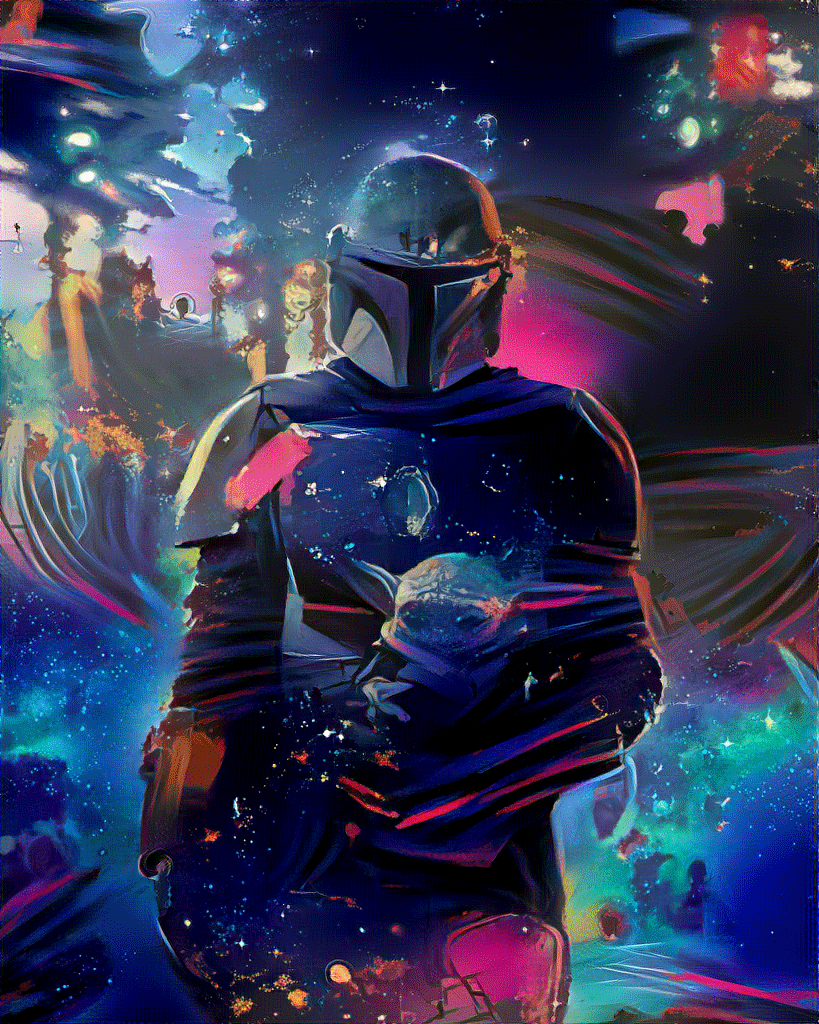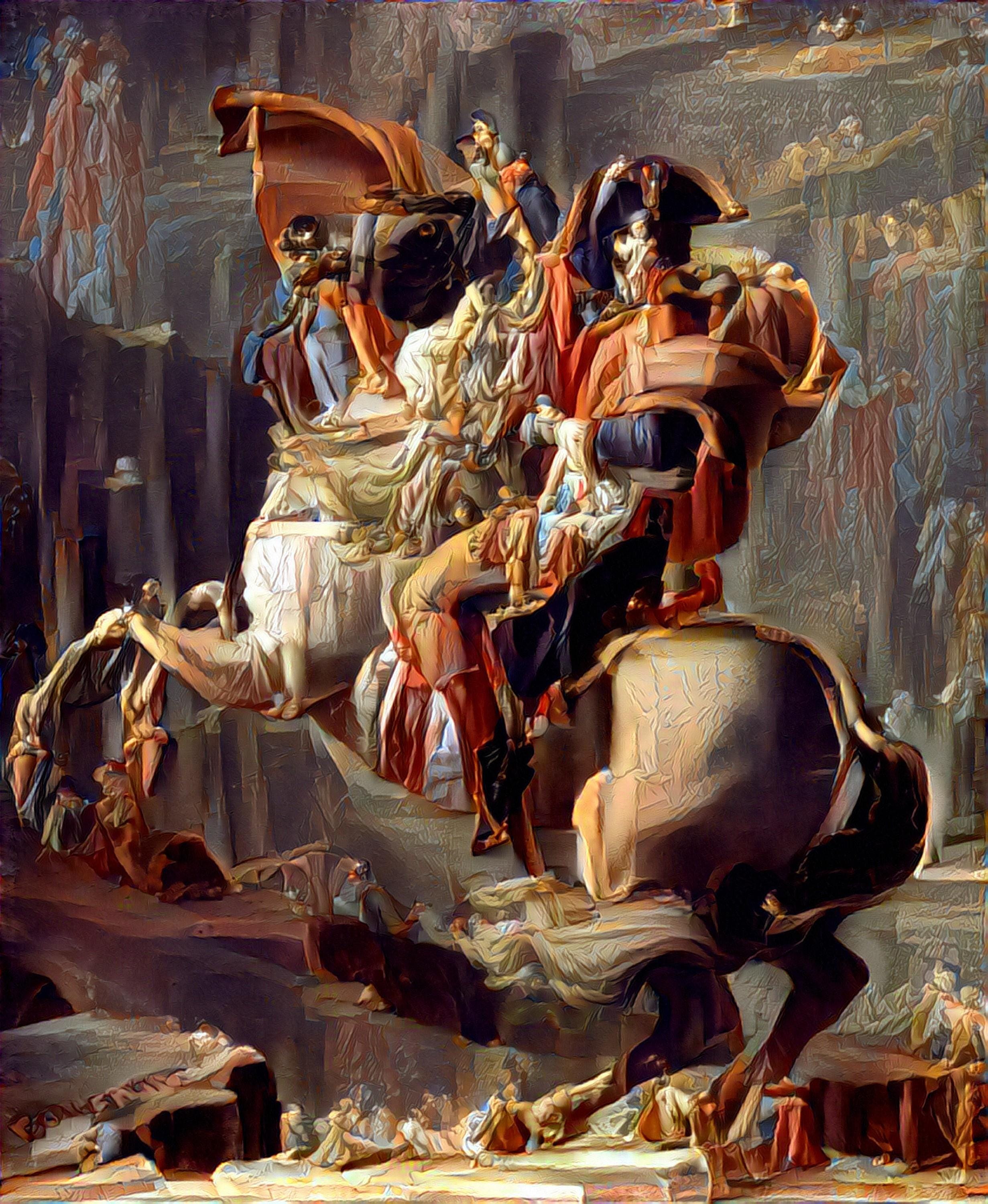
Introduction
Artificial intelligence has come a tremendous way in just the last few years. In particular, AI and its applications in design and artwork have been the subject of a great amount of recent interest, and it’s not hard to see why.
In this article, we'll answer some basic questions about AI art, take a look at a few recent developments in this field, and talk about what’s still to come in this exciting field.
To better understand the incredible amount of both recreational and commercial potential in this industry, let's learn a little more about AI-generated art in general.
What is AI-generated art?
AI-generated art is art created by an artificial intelligence algorithm. An algorithm is a set of instructions (or rules) for a computer to follow; it is often used to describe a computer program. It should be noted that AI-generated art is still created by humans; humans are simply using AI as a tool to create the artwork.
How does the art get generated?
To be specific, most recent AI-generated artwork is created by an algorithm that is trained on thousands of images. The algorithm uses what it learned from these images to combine pre-existing patterns in novel ways, or iterate and improve upon existing artwork.
Specifically, the algorithm used to create images is most often a generative adversarial network (GAN). A GAN is a type of deep neural network that is used for the unsupervised learning of visual, pixel patterns.
What is unsupervised learning?
Unsupervised learning is when a computer program learns from data without being explicitly told what to learn. It is considered unsupervised because the algorithm does not receive any feedback from the data. Typically, this type of learning is highly scalable as it does not require human intervention, and allows the processing of tens of thousands of images (whereas previous, supervised approaches could often support just a few hundred).
What are generative adversarial networks?
Deep neural networks are often used for classifying or recognising images. GANs, however, take it one step further, and are the primary way that AI is used to generate imagery at the time of this writing.
In a GAN, there are two neural networks that are trained against each other.
One network is known as the generator. It takes an image and attempts to generate another image that is similar to the provided image.
The other network is known as the discriminator. The discriminator attempts to distinguish real images from fake images.
The discriminator and generator are trained against each other; the generator learns which manipulations to make to images to fool the discriminator, and the discriminator learns to distinguish real images from fake images. This is why such networks are termed adversarial—the generator and discriminator function as adversaries in an ongoing struggle for dominance.
What are some recent developments in AI art?
 Today, GANs are commonly used to generate highly detailed abstract paintings.
Today, GANs are commonly used to generate highly detailed abstract paintings.
Different aesthetic moods or “styles” of paintings are used as different training sets. For example, a GAN can be trained to produce abstract paintings that are in the style of Kandinsky. The GAN will learn to use these patterns to generate images that are similar to the images that the GAN classifies as “Kandinsky-like.”
GANs are interesting because they have the potential to produce novel images that are very hard for humans to produce. If you compare AI art created by GANs to art created by humans, you will often find that the AI art is comparable, if not more complex, than human pieces.
Other genres of artwork are well on their way, too. Landscape and portrait paintings are being created by AI using similar techniques, and several high-quality GAN-created art pieces have now been sold for thousands of dollars.
We hope you learned something new from this article! AI-generated artwork is exciting, and it will only get better with time.
If you want to read more about the current state of AI art, or try your hand at generating your own abstract AI artwork, feel free to try our tool.
.png)